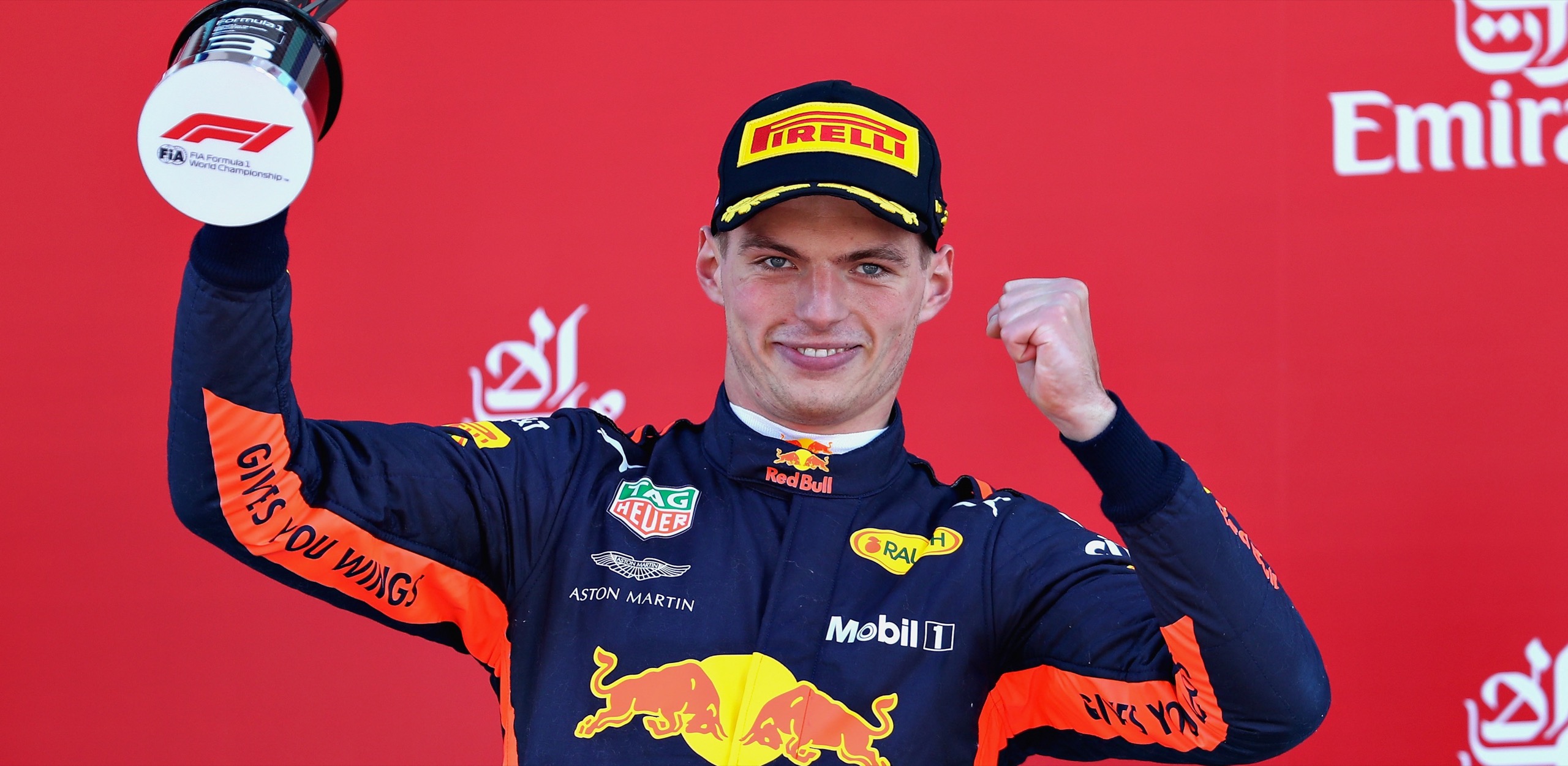
At the centre of the weekend’s issues was a fundamental lack of pace compared to rivals Mercedes. It seemed apparent that Mercedes had benefited the most from Pirelli’s new recalibrate tyre tread depths and compounds. Mercedes return to form arrived at one of the most aero-sensitive circuits on the calendar, but also after Pirelli reduced the thickness of the tread by 0.4mm on its tyres to combat overheating.
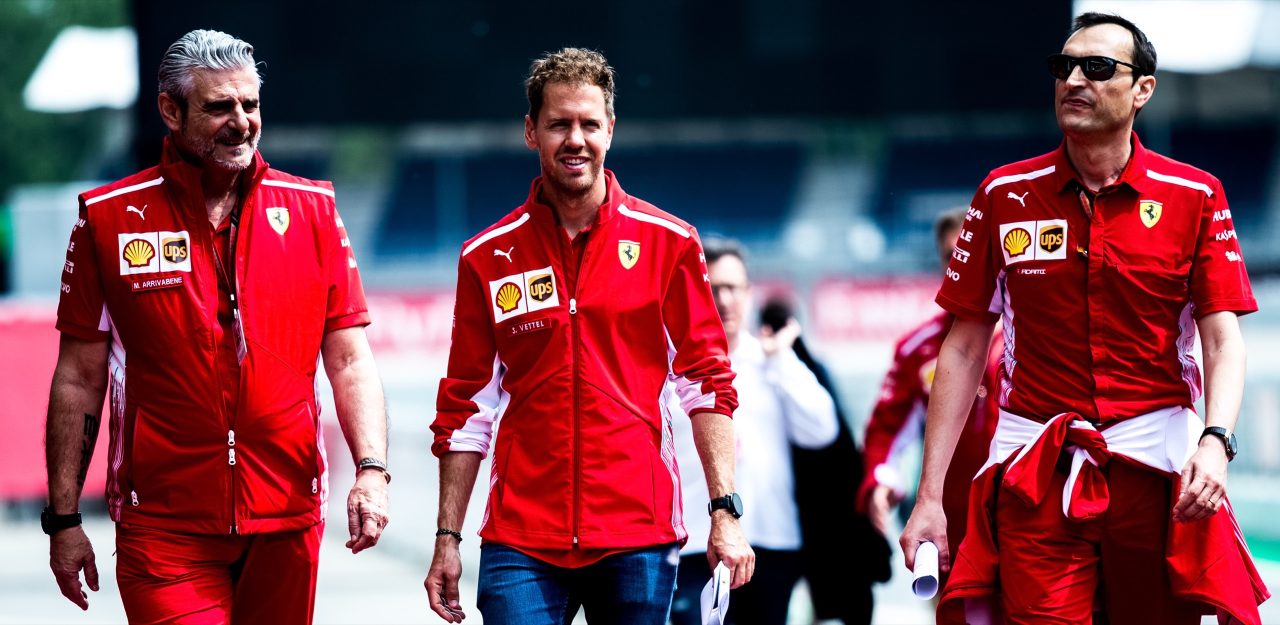
Ferrari team principal Maurizio Arrivabene was more reflective and diplomatic.
”In many ways, this is a weekend in which nothing went right,” said Arrivabene. He wants his engineers “to calmly and with accuracy…analyse the reasons for the drop in performance” and then burn the midnight oil between now and Monaco regaining their command of tyre compounds.
Ferrari was the team to beat at the past three rounds, but in Spain suffered an engine failure on Friday, qualified behind Mercedes on Saturday and came away from Sunday with just 12 points.
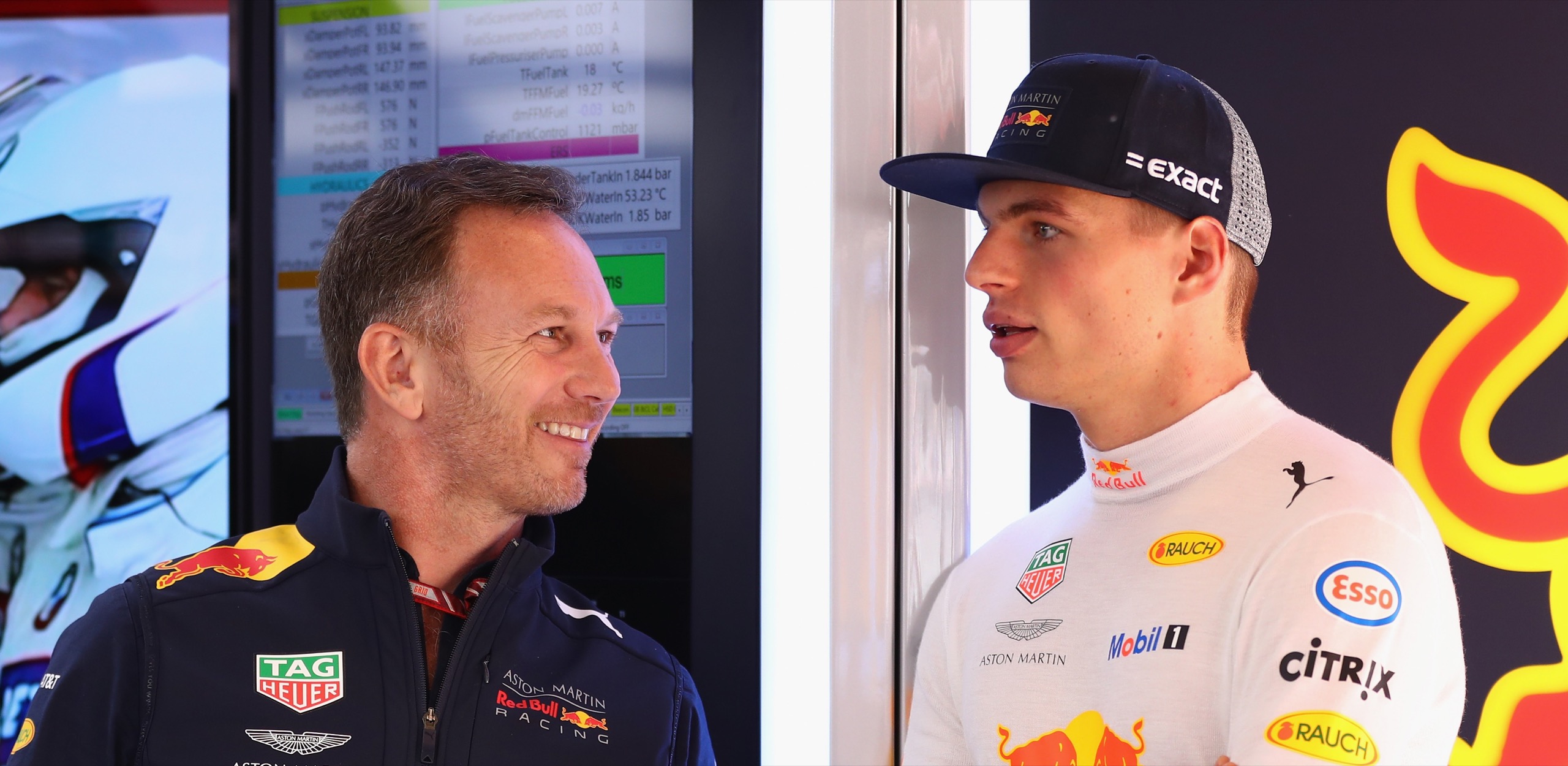
During pre-season testing at the Circuit de Catalunya, some teams – most notably Mercedes – struggled with excessive overheating and blistering on the circuit’s newly-laid track surface. The new, smoother surface produced minimal wear, which caused the compounds to overheat as the tyres built up heat through the circuit’s high-speed corners. In agreement with the FIA, a decision was made to reduce the thickness of the three chosen race tyres for the Spanish, French and British Grands Prix – a ruling that appears to be igniting some controversy after the initial use of the thinner tread tyres this weekend.
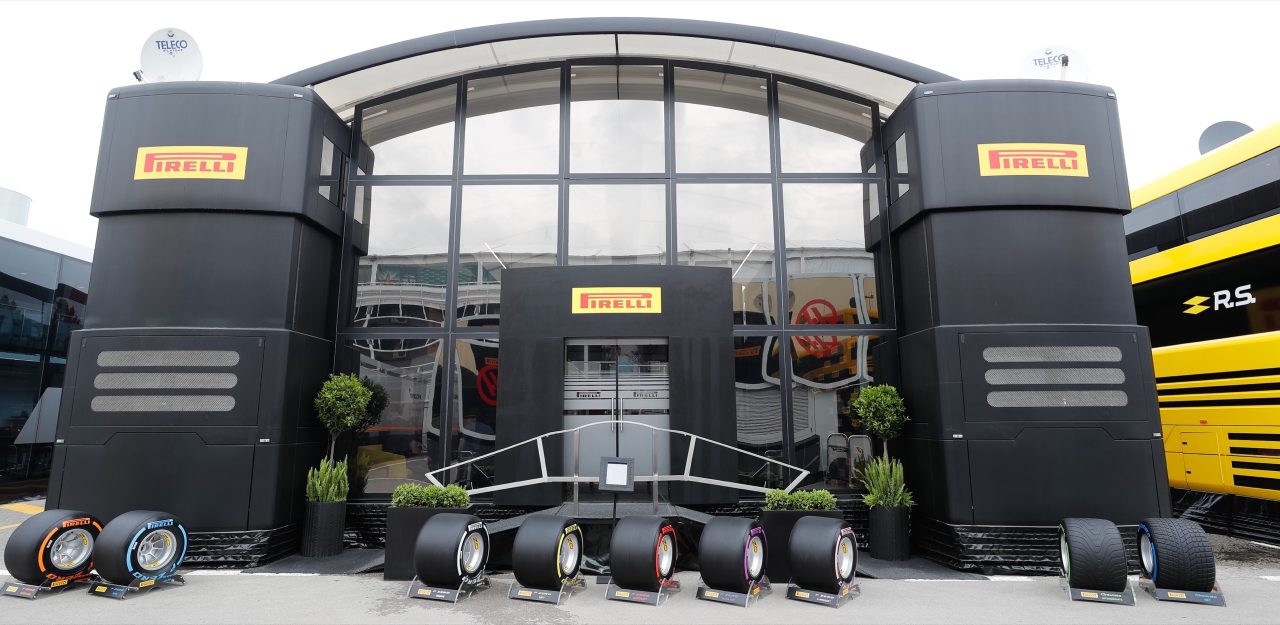
Ferrari experienced no tyre blistering during testing nor any of the prior four Grands Prix. While both Mercedes team principal Toto Wolff and Pirelli representatives pointed out that the tyres were the same for every team, they didn’t comment on the fact that every team had tested at Barcelona in the spring on the original 2018-spec tyres. Each squad had the chance to recalibrate their suspensions and aero settings to work best with the rubber provided before the season started.
For the first time this season, Ferrari experienced tyre blistering and inordinate wear in Barcelona.
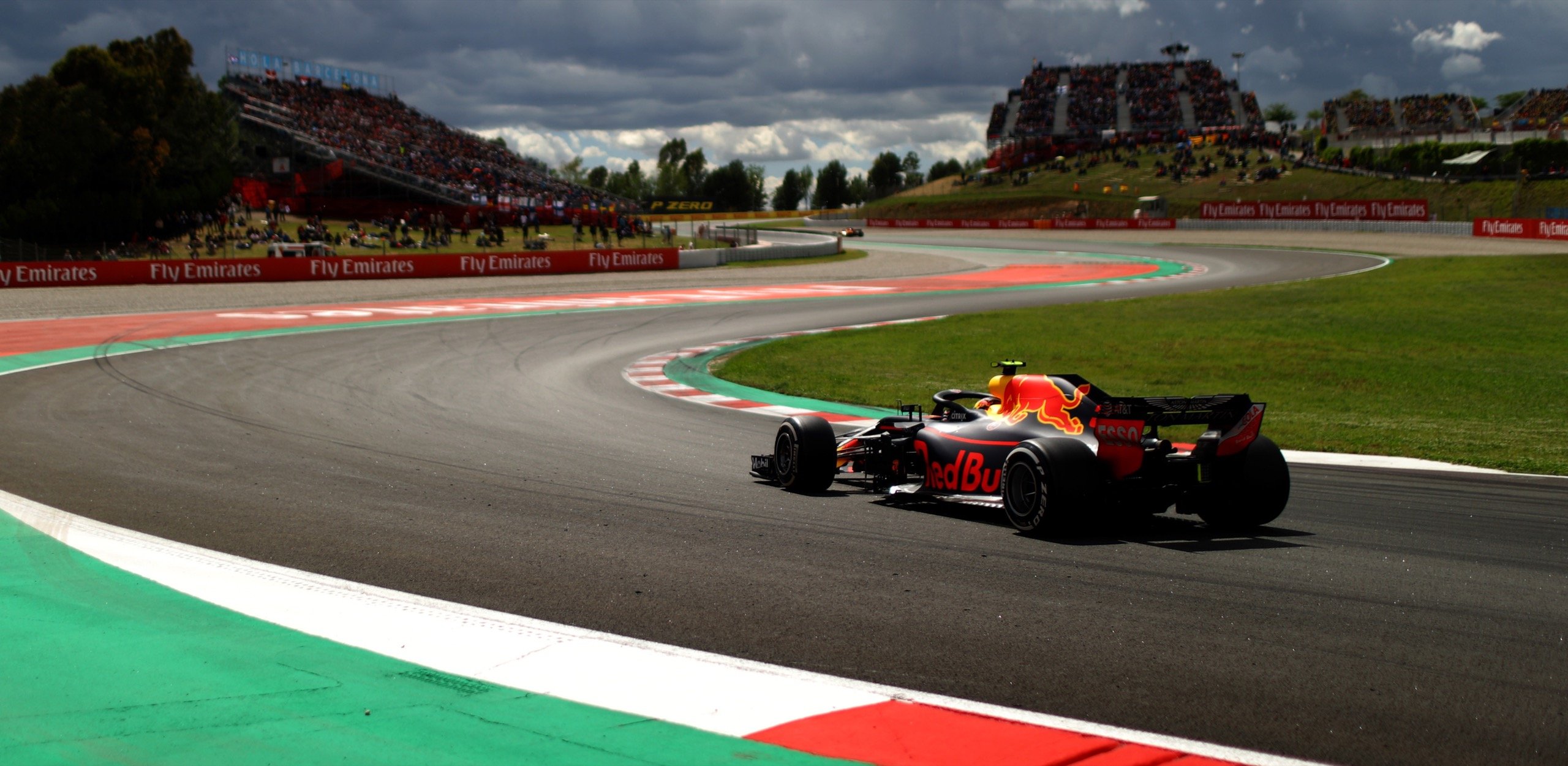
Christian Horner believes Max Verstappen’s Spanish GP podium finish can kick-start the Dutchman’s season after a difficult beginning to the year. Verstappen finished third at the Circuit de Catalunya to stand on the podium for the first time in F1 2018, holding off Sebastian Vettel in an injured Red Bull after he damaged his front wing in contact with Lance Stroll.
In the wake of the first four Grands Prix where he seemed to hit everything except a podium step, Red Bull team principal Horner thinks the result will give the 20-year-old Verstappen a fresh confidence boost for the European races.
“It’s a great booster for Max to stand on the podium for the first time this year,” Horner said.
“He’s had a difficult start to the season, so starting a new chapter in Europe I think will settle him and send him on his way.”
“We’re looking forward to Monaco. Our RB14, complete with its comprehensive upgrade package has been very strong in Barcelona’s sector three, which is usually a good indication for a track like Monaco. Both drivers have always gone well around there. It’s an opportunity for us.”
Indeed, Daniel Ricciardo set a new race-lap record at Barcelona, and Verstappen remained ahead of Vettel for 20 laps despite having no aero fittings on half of his front wing after Lance Stroll’s Williams collided with the Dutchman at the VSC restart.
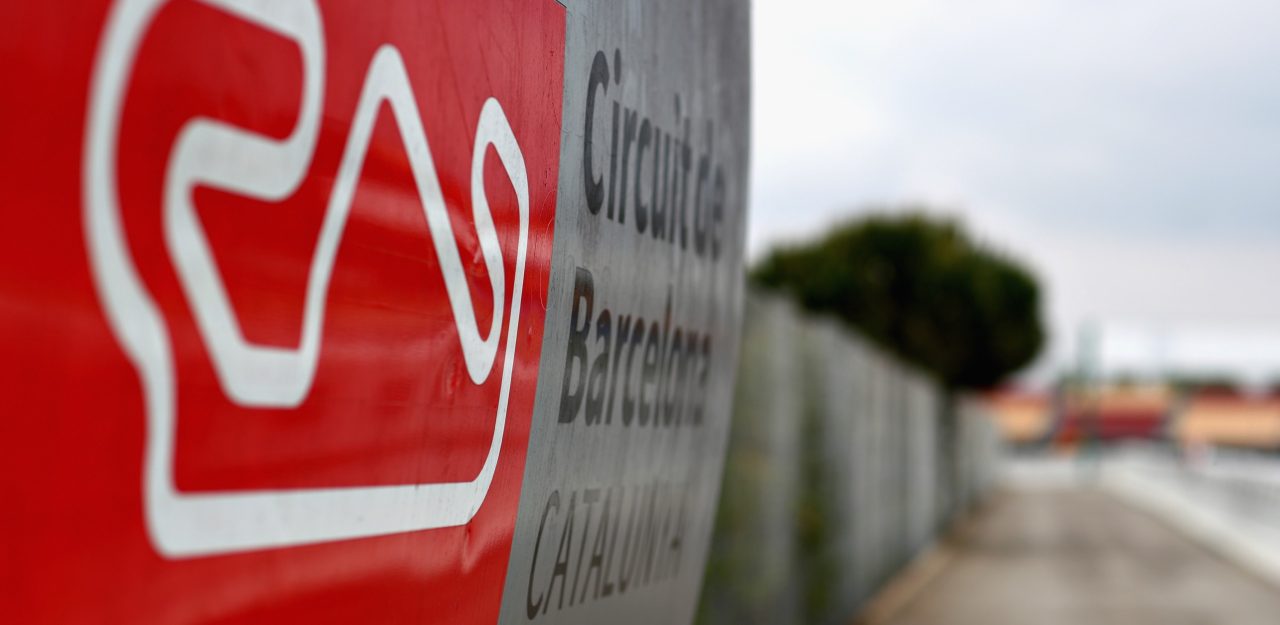
“You can see that we have made a step,” Horner added. “It’s going to take two or three races across different tracks to see how that is panning out.”
In other words, now Red Bull gets to sandbag ala Mercedes and Ferrari at Monaco in two weeks before they show their entire hand in qualifying.
